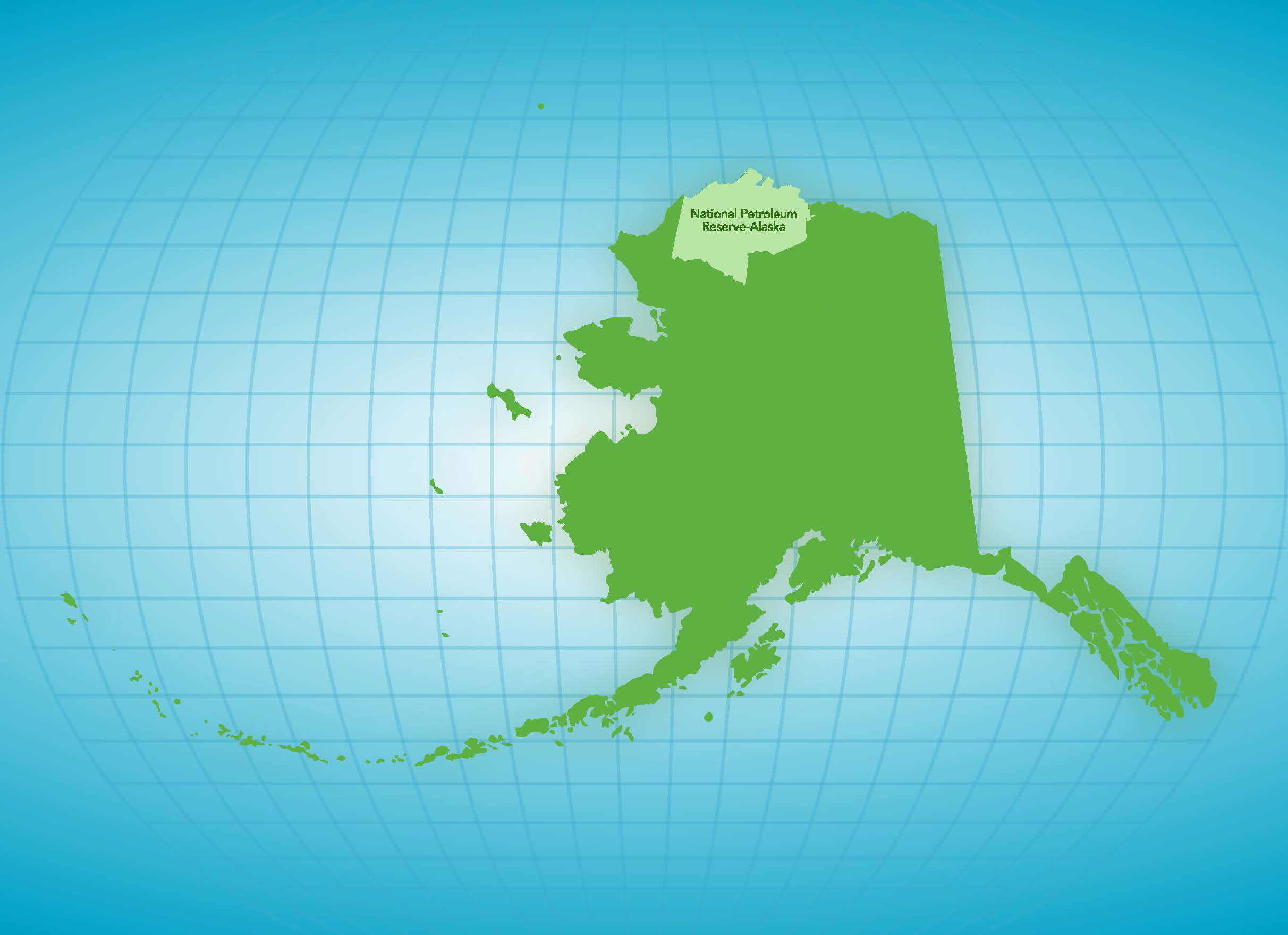Balance and the National Petroleum Reserve - Alaska
Joshua Reichert, an executive vice president at The Pew Charitable Trusts who leads the organization’s environmental work, issued the following statement Feb. 21, 2013, applauding the Department of the Interior and the U.S. Bureau of Land Management for approving a management plan for the National Petroleum Reserve in Alaska that protects critical wildlife habitat.
“This decision is the Obama Administration’s crowning land conservation accomplishment to date. After years of thoughtful review, consideration of scientific studies and extensive public input, the department has achieved the first comprehensive management blueprint for this globally significant area. This balanced plan protects some of America’s greatest treasures in the Arctic while allowing for measured resource development.
“The U.S. government’s actions preserve core calving and migration areas for two of the state’s largest caribou herds, maintaining critical subsistence resources for more than 40 communities in northern and western Alaska. This plan fulfills the congressional intent for the reserve by protecting vital wildlife, waterfowl, and fish habitat; safeguarding subsistence opportunities; and allowing for extraction of the majority of the area’s oil. It is a model for sustainably managing our Arctic resources, both onshore and off.
After years of thoughtful review, consideration of scientific studies and extensive public input, the department has achieved the first comprehensive management blueprint for this globally significant area.Joshua Richert, executive vice president of The Pew Charitable Trusts
What is the National Petroleum Reserve-Alaska?

Although little-known, the nearly 23-million-acre National Petroleum Reserve-Alaska, public land managed by the Department of the Interior which accounts for a substantial part of the America’s arctic, supports a stunning diversity and abundance of wildlife. This includes caribou, grizzly bears, wolves, polar bears, seals, and beluga whales. The wetland complex of ponds, lakes, streams, and rivers on the reserve’s coastal plain also is vital habitat for millions of migratory birds, including the rare yellow-billed loon and spectacled eider.
The Arctic has sustained human communities for thousands of years. Alaska Natives throughout the region depend on wildlife from the reserve for subsistence. These animals and fish not only provide food but also give local subsistence cultures essential strength and meaning.
How will the National Petroleum Reserve-Alaska Land be Used?
- Lands open offered for oil and gas leasing: 11.8 million acres
- Plan allows access to 549 million barrels of oil and 8.7 trillion cubic feet of natural gas
- Critical wildlife habitat unavailable for oil and gas leasing: 11 million acres
- Designated Special Areas include Colville River Special Area; Teshekpuk Lake Special Area, Utukok River Upland Special Area, Peard Bay Special Area and Kasegaluk Lagoon Special Area







